

The AI hardware landscape has been a mixed bag of hits and misses in recent times. There has been a flurry of activity, from new product launches to annual developer events hosted by Big Tech companies, not to mention the constant stream of news hyping these AI-enabled devices. These products promise to revolutionise our lives, yet, in some cases, have led to fantastical failures shortly after their launch.
As much as I believe in companies taking bold risks and creating entirely new, category-defining products, it’s essential to question the extent of human-centric design involved in these innovations. More importantly, we must consider how thoroughly these products and propositions were tested with actual consumers. Some might argue that the current approach of launching products and then using real user feedback to guide improvements is a valid strategy. However, this argument becomes less convincing when companies charge premium prices – including monthly subscription fees – for what essentially amounts to a beta MVP at best.
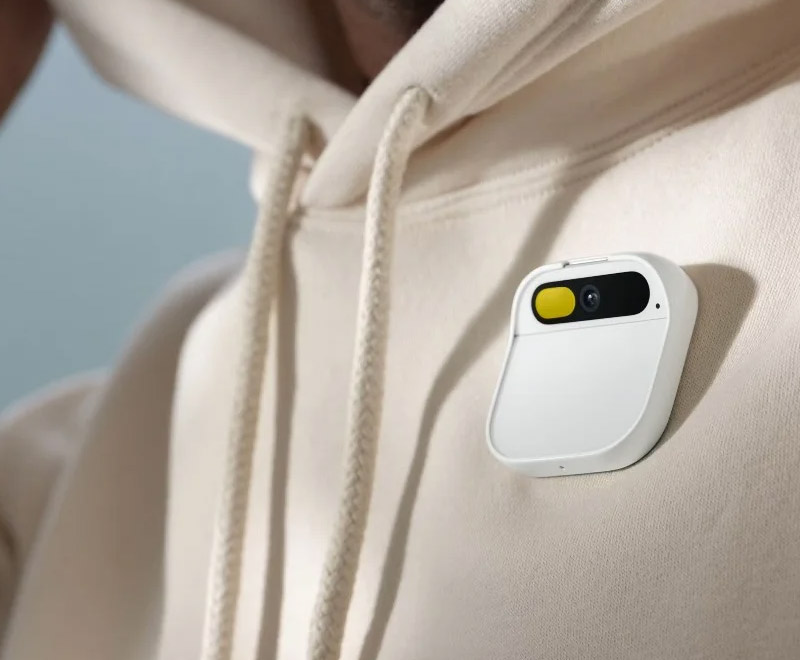
"The Humane Ai Pin Complete System starts at $699, and it requires a subscription which costs a further $24/month. A pricing model that has been heavily criticised for the current state of the product."
The contrasting fortunes of these AI hardware innovations underscore the importance of balancing cutting-edge technology with practical usability. While the vision of integrating AI into our daily lives is tantalising, delivering on that vision requires more than just innovative ideas – it demands meticulous execution and a keen understanding of user needs. As the landscape continues to evolve, the lessons learned from both the successes and the missteps will be crucial in shaping the future of AI-enabled hardware. Here, I’ve highlighted some of the most noteworthy launches in recent months and the consumer responses they’ve garnered.
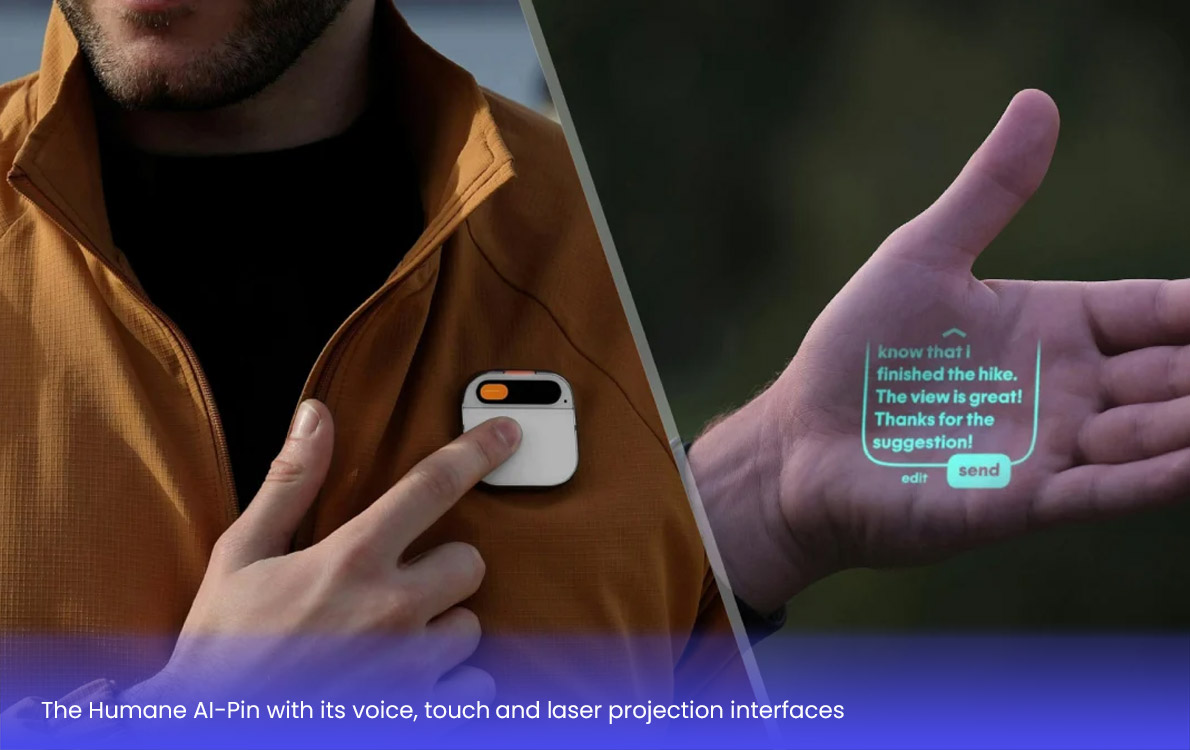
A Promising Concept, Flawed Execution
Developed by Humane AI, a startup based in San Francisco, the Humane AI Pin is a wearable device designed to provide AI
assistance on the go. Resembling a sleek lapel pin, it aims to offer a discreet and hands-free way to interact with an AI assistant,
allowing users to ask questions, set reminders, and control smart home devices using voice commands. The Humane AI Pin promises to be a
constant AI companion, solving the problem of accessing AI capabilities in a convenient and unobtrusive manner.
The launch of the Humane AI Pin created a significant amount of excitement and anticipation in the tech community. Prior to its release, the product demo video on YouTube garnered over 2 million views within the first week, showcasing its potential to revolutionise wearable technology. The demo highlighted the pin's sleek design, seamless voice command functionality, and integration with various smart home devices. Tech enthusiasts and industry experts took to social media to discuss its potential impact, with hashtags like #HumaneAIPin and #AIWearable trending on Twitter.
Despite the initial buzz, the reality of the Humane AI Pin failed to live up to the lofty expectations. Early users quickly took to Twitter to voice their frustrations. For instance, one reviewer stated, "The Humane AI Pin is a prime example of overpromising and underdelivering. The voice recognition is subpar, and the AI capabilities are limited at best." Another user added, "While the concept is fantastic, the execution leaves much to be desired. I hope they improve it in future updates."
The situation took a significant turn when renowned tech reviewer Marques Brownlee posted a detailed review on YouTube. Brownlee's review, which amassed millions of views, highlighted both the innovative aspects and the considerable flaws of the Humane AI Pin. His candid critique not only influenced public sentiment but also raised questions about the future of Humane AI as a company. Brownlee's influence in the tech community meant that his review had a substantial impact, leading to increased scrutiny and scepticism around the product.
Adding to the company's challenges, The Washington Post reported that Humane AI might be seeking a buyer to sell the company. This revelation has further fuelled speculation about the company's future, as it grapples with the aftermath of a high-profile product launch that did not meet consumer expectations.
Even with these setbacks, the concept of a discreet, wearable AI assistant continues to hold promise. As one expert noted, "The idea behind the Humane AI Pin is brilliant – a hands-free, always-available AI companion. But the execution needs significant improvement." The mixed reactions highlight both the potential and the challenges of pioneering new technology in the wearable AI space. Humane AI has acknowledged the feedback and is reportedly working on updates to address the initial shortcomings, aiming to refine the user experience and deliver on the device's promising concept.
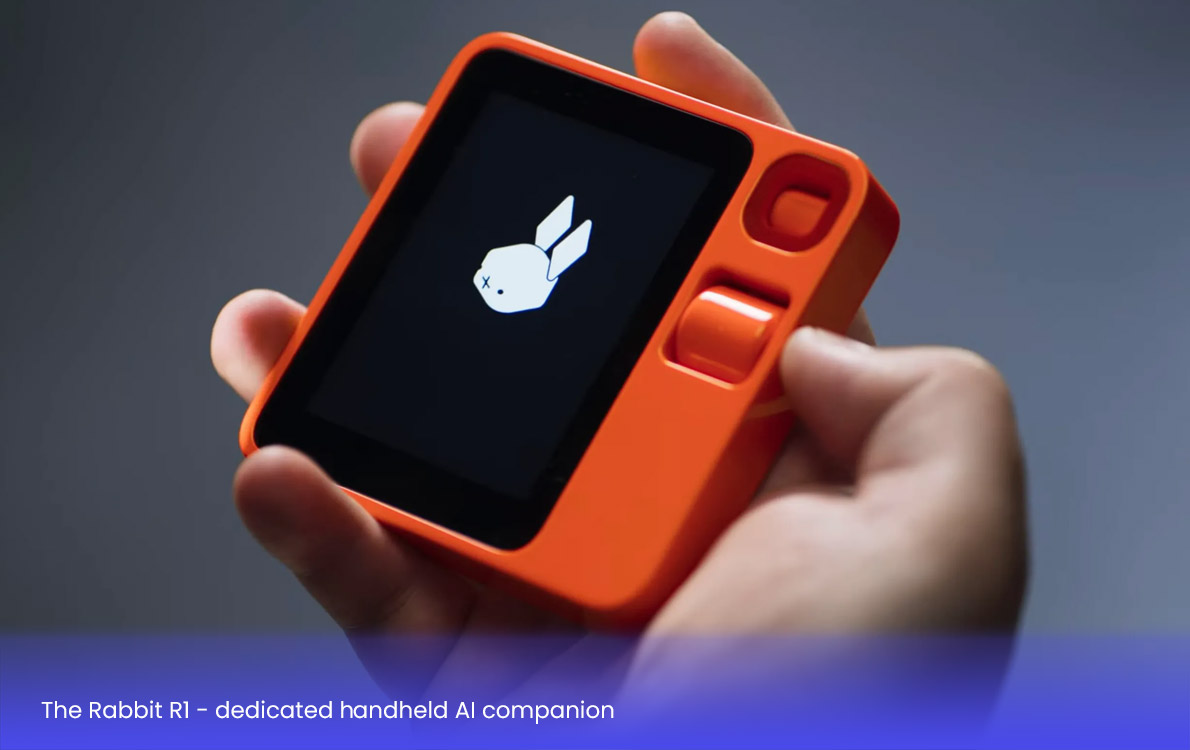
High Hopes, Disappointing Reality
The Rabbit R1 was launched with great anticipation as a groundbreaking portable AI device, designed to bring advanced AI capabilities into a sleek, pocket-sized gadget. The hype surrounding its launch was palpable, with tech enthusiasts eagerly anticipating its potential to redefine how we interact with AI on the go. The Rabbit R1 promised to offer seamless AI assistance, integrating various smart features to enhance daily tasks and productivity.
However, once the device hit the market, it faced a slew of challenges that overshadowed its promising concept. Early adopters quickly pointed out significant issues, ranging from software glitches to compatibility problems that severely impacted the user experience. One user, @TechGuru, tweeted, "The Rabbit R1 is a massive disappointment. The software is riddled with bugs, and the device support is shockingly limited." Another user, @AIEnthusiast, added, "I had high hopes for the Rabbit R1, but the learning curve is just too steep."
In a similar situation to the Humane AI-Pin, the widely watched review from Marques Brownlee, where he referred to the Rabbit R1 as “Barely Reviewable” had a significant impact on the consumer sentiment around the product and certainly triggered a lot of conversation. Brownlee’s comprehensive review on YouTube, which garnered millions of views, acknowledged the innovative vision behind the product but highlighted its significant flaws. His critique led to increased scrutiny and scepticism around the Rabbit R1.
Despite these setbacks, the concept of the Rabbit R1 remains commendable. TechCrunch noted, "The Rabbit R1's vision of a truly intelligent portable AI device is impressive. With the right refinements, it has the potential to be a game-changer." The company has acknowledged the feedback and is reportedly working on updates to address the initial shortcomings, aiming to refine the user experience and fulfil the product's promising concept.
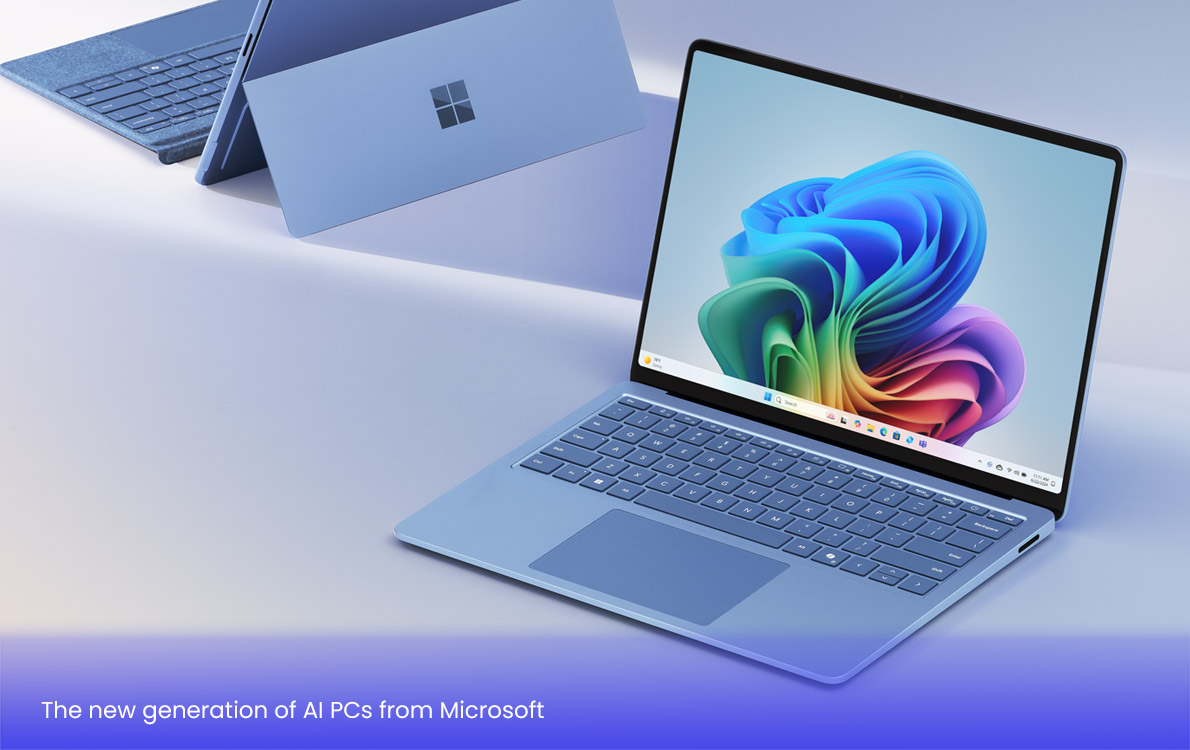
A Solid Offering, but Room for Improvement
In contrast, Microsoft's AI-enabled PCs have received a relatively positive reception, albeit with some caveats. One reviewer praised their performance, stating, "Microsoft's AI PCs pack a punch, delivering impressive AI capabilities for productivity and creativity tasks." However, another expert highlighted areas for improvement, noting, "While Microsoft's AI PCs are a step in the right direction, their AI assistants still lack the natural language understanding and contextual awareness of human assistants."

The Quiet Success of Backing a Known Form Factor
Amidst the fanfare surrounding dedicated AI devices, a more understated success story has emerged: AI-enabled smart glasses from Ray-Ban and Meta. These products have garnered positive reviews for seamlessly integrating AI capabilities into a familiar form factor. One expert remarked, "Ray-Ban and Meta's smart glasses prove that sometimes the best AI experiences are the ones that blend seamlessly into our existing routines."
This sentiment aligns with industry statistics, which suggest that consumers are more receptive to AI-powered devices that enhance existing products rather than introducing entirely new form factors. According to a recent Gartner report, "Adoption rates for AI-enabled devices are 35% higher when the AI capabilities are integrated into familiar products, rather than standalone devices."
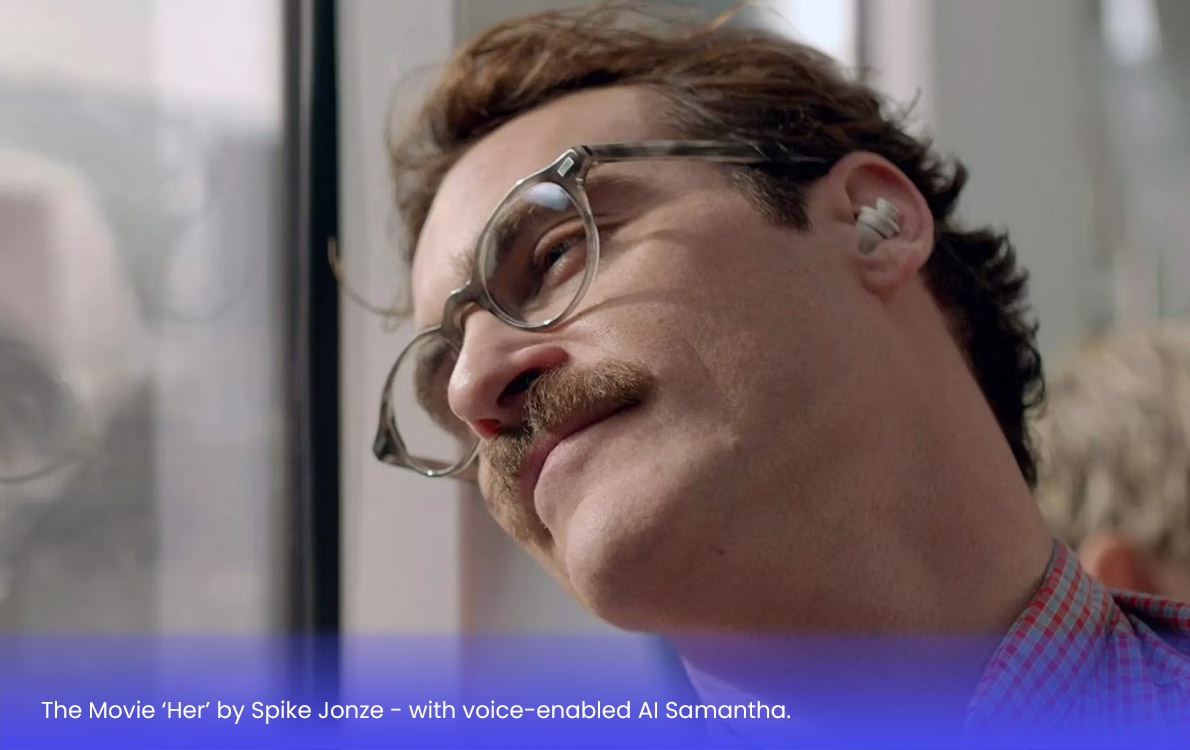
The Influence of Her
Of course, we simply cannot discuss AI-enabled hardware without paying homage to the cult classic Her. Spike Jonze's film offered a vision of AI integration that remains compelling and instructive.
The mixed reception of recent AI hardware releases underscores the importance of natural interaction between humans and AI assistants. Her masterfully showcased this seamless integration with Samantha, the AI assistant, who served as a discreet, ever-present companion accessible through a simple earpiece and a pocket screen. It's a reminder that sometimes the best tech is the kind you barely notice – until you need it.
Here are five key aspects that Her got right in terms of interactions with AI:
Natural Voice Interaction
Samantha's smooth, conversational style made her feel more like a friend than a machine. AI that feels natural and engaging is essential – no one wants to chat with a robot that sounds like it learnt English from a textbook.
Emotional Intelligence
Samantha's ability to understand and respond to emotional cues added depth to interactions. AI that can pick up on your mood and adjust its responses accordingly can turn a good assistant into a great one. Plus, who doesn’t want an AI that can sympathise with your bad day?
Familiar Interaction Models
Using an interaction model consumers are already familiar with, like the discreet earpiece, makes adoption smoother. It's far less intrusive than having to learn a whole new way of communicating with your gadgets.
Seamless Integration
Samantha was effortlessly woven into Theodore's daily life, appearing only when needed. There's no need for awkward fumbling with gadgets – just seamless assistance that blends into the background until it's required.
Practical Visual Interfaces
Unlike the Humane AI Pin’s troublesome use of a laser projecting visual information on your hand, Her got it right with a small screen in the pocket for those specific use cases where a visual medium is needed. It’s a simple, practical solution that avoids unnecessary complications.
It's certainly encouraging to see major players like OpenAI and Google paying close attention to these critical aspects. OpenAI, in particular, has shown a keen interest, with Sam Altman frequently citing the movie Her as an inspiration for ChatGPT's voice interaction models. This inspiration is so evident that one of the voice personality options, "Sky," sounded strikingly similar to Scarlett Johansson, who voiced Samantha in Her. The resemblance was so uncanny that Johansson considered filing a lawsuit against OpenAI for the unauthorised use of her voice in training Sky.
However, to the best of my knowledge, OpenAI has since released documents clarifying that while Sky's voice might sound similar to Scarlett Johansson's, her voice was never actually used in the AI training process.
Balancing Innovation and Usability
As the AI hardware landscape continues to evolve, striking the right balance between innovation and usability will be crucial. OpenAI, for instance, is motivated by the vision of developing artificial general intelligence (AGI) that seamlessly integrates into our lives, enhancing daily activities and improving productivity in a natural and intuitive manner. This vision underscores the importance of creating AI that is not just advanced but also user-friendly and accessible.
While ambitious products like the Humane AI Pin and Rabbit R1 push the boundaries of what's possible, their struggles highlight the need for refining the user experience and delivering on promises. These early challenges serve as important lessons for the industry, emphasising that cutting-edge technology must also be practical and reliable to gain user acceptance and trust.
Conversely, the success of AI-enabled smart glasses and Microsoft's AI PCs demonstrates the appeal of integrating AI capabilities into familiar products and workflows. These products illustrate how AI can augment and enhance existing experiences, as Sundar Pichai, CEO of Google, stated in a recent interview, "The true power of AI lies in its ability to augment and enhance our existing experiences, not replace them entirely."
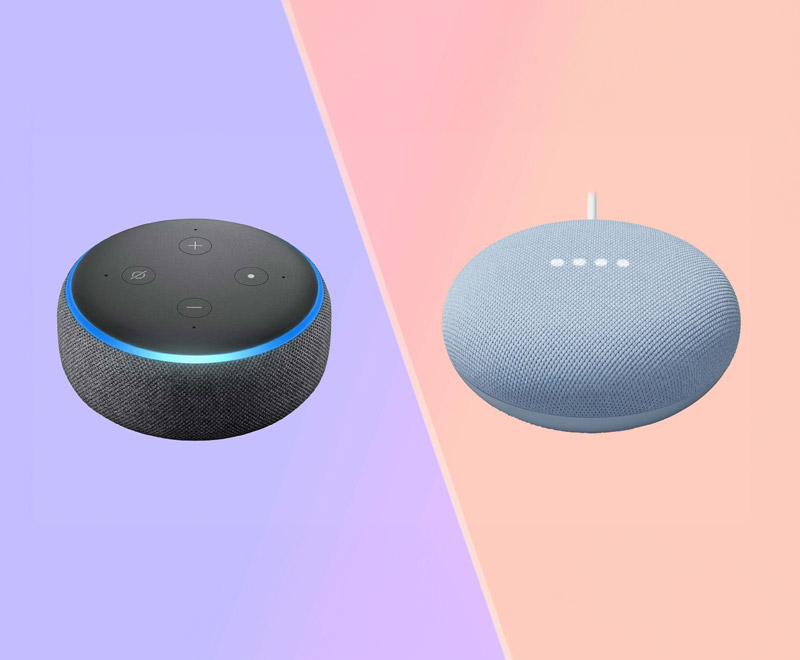
"Amazon and Apple are set to launch smarter GenAI-enabled versions of Alexa and Siri later this year."
Looking ahead, major tech companies like Amazon and Apple are set to launch smarter GenAI-enabled versions of Alexa and Siri later this year. These advancements are expected to offer more natural interaction modes and improved functionality, further blurring the lines between human and machine interaction. Similarly, other companies are exploring new frontiers in AI integration, seeking to embed intelligent assistants into everyday devices and applications.
The industry must recognise that for these user experiences to be impactful, they need to be well-designed. This means focusing on natural interaction modes, seamless integration into existing routines, and delivering on promised capabilities. By prioritising these aspects, AI hardware manufacturers can unlock the true potential of AI to enhance our lives in meaningful and widely adopted ways.
As the landscape continues to evolve, AI hardware manufacturers would be wise to heed the lessons of both successes and failures. Balancing innovation with usability is not just about creating advanced technology; it's about ensuring that technology improves the user experience in practical, reliable, and accessible ways. This approach will be key to unlocking the full potential of AI and driving widespread adoption.
Usman is a digital veteran and a renowned expert in human-centric innovation and product design. As the founder of Pathfinders, Usman works directly with businesses to uncover disruptive opportunities and helps create tangible business value through design and innovation.
Book an initial consultation with Usman »